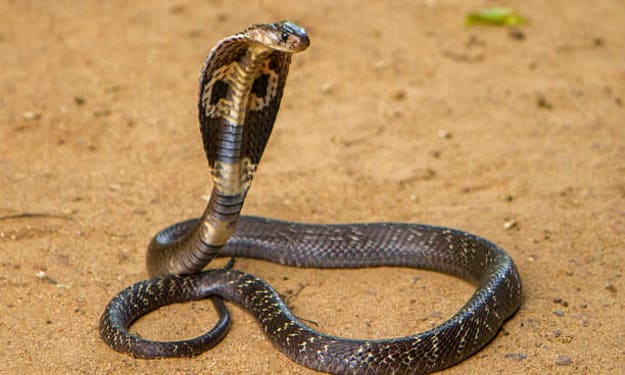
Had benevolence been a precursor to harmony, a rather unsound mechanism as “bloodshed for survival” wouldn’t have developed alongside the evolution history. Inasmuch as there must have been some grounds for animal fighting to develop into an instinct.
Bloodshed itself is ferocious. Still, such ultra-societies as those of humans, ants and bees have clashed their dissidents so viously until one side conceded to an ignominious defeat, inflicting serious casualties. They have, one way or another, scaled it to dizzier heights.
And only humans have so far got this on their nerves.
Ants aren't like that, they don't mind killing.
This highly social animal is the best example of nature's war behavior; if not to say they have a striking resemblance to war behavior among humans.
An individual alone in these ultra societies, when standing alone, would be pretty much a tiny helpless creature, instead of a mighty joiner of the mighty human/ant civilizations. Humans can only be humans in a human society. Forasmuch as a sapiens individual isolated from the society would hardly hold any quintessential quality (either mental or behavioural) of humans.
Ants are more extreme than that, because they cannot even survive being separated from their society. Over hundreds of millions of years of evolution, social behavior has created deep divisions in the structure of ant colonies [1]. Each individual in the herd has different structures, roles and functions, and they can only exist when working together.
Thereabouts, an ant colony is ruled by egg-laying queens warding off the risks of extinction. Under them are sterile females in charge of constructing, gathering food, nursing the queens and larvae. To certain families, ant workers are sharply varied in size. Those of larger sizes are soldiers assigned to safeguard the territories and other existences. The minor rest are males taking on the mission of mating and dying soon afterwards.
By appearance, ants seem harmless. That said, further studies have so far proved that they have long practiced agriculture: cutting and saving leaves as a fertilizer to fungus [3], raising aphids for the sweet juice they secrete [4]. They even recruit armies for attacking/defending purposes, or build the nest in a prepared attitude towards wars.
In the next part, we’re hereby studying the types of ant wars.
1. The by-the-book strategy
We’re first examining the family of Megaponera Analis in Sub-Saharan Africa vigorously favouring termites, a viand, yet troublesome and tough to hunt down. They’re such tiny creatures with sharp teeth and garrisoned fortresses.
Before each siege, the spy ants will scour the area of up to 50m range, tracking down the prey. Upon locating the targets, scouts return to the nest and mobilize hundreds of other ants to the lair of termites. Upon clocking in, they then break down into smaller groups; the big pioneers dig through the outer protective layer, whilst smaller soldiers slip inside, annihilating the prey and bringing food to the nest.
To feed such a Brobdingnagian colony, M. Analis have to set up up to four lootings a day. Still, termites are definitely no benign prey. Invaders’ legs and heads are all too often bitten off, or get some sharp stubborn jaws stuck deep in their bodies. The clashes have been so fierce that these ants have evolved in themselves a one-of-a-kind mechanism in the insect world: rescue and treat the injured soldiers [5].
2. The overwhelmingly dominant strategy.
As for army ants (more than 200 different families), they would rather mobilize the entire army for a scour-and-annihilate campaign instead of sending any scouts beforehands. Bearing in mind that their queens are giving birth to 3-4 million eggs a month always soothe them of the nerves of casualties.
They own, for the most parts, gigantic bodies and tenacious lower jaws to either carry heavy objects or cut the victims' flesh into bite-sized parts.
An army ant colony is capable of hunting down up to 500,000 prey a day. They feast on pretty much whatever they stumble upon: from plants to insects (even other ant families). Meager creatures as frogs, lizards and birds might evenly be turned into their prey [6]. Exceptionally, an army ant family would hardly ever clash with another.
They rarely settle down. Rather, they’re always on the move to hunt down and feast on prey. After raids, they camp and rest by clinging to each other, forming a living nest with separate rooms, wherein the queen will lay eggs and larvae are nursed to later recruit new soldiers to the army [7].
About the Creator
Pious
All the money in the world can not buy your health!






Comments
There are no comments for this story
Be the first to respond and start the conversation.